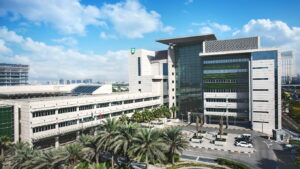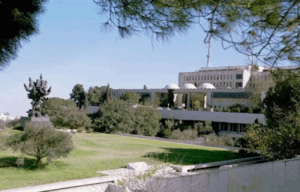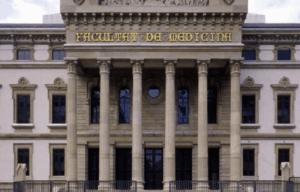Transurethral resection (TUR)
Transurethral resection of the prostate (TURP) is an endoscopic procedure for the removal of hyperplastic prostate tissue through the urethra. Today, leading global clinics consider TURP the “gold standard” for the treatment of benign prostatic hyperplasia (BPH).
Surgical intervention is recommended in cases of the following complications:
- Kidney stones
- Urinary retention
- Hematuria (blood in the urine)
- Renal failure
90% of patients undergoing TURP experience a reduction in prostate volume and restoration of urinary and sexual function.
Features of the procedure in global clinics
The success of TURP largely depends on the quality of the equipment used for the procedure. The most advanced and safest method is bipolar plasma vaporization, which allows for rapid and bloodless removal of adenomatous prostate tissue.
A distinguishing feature of TURP in European hospitals is the ability to perform the procedure even in patients with severe comorbidities. The decision to proceed with surgery is made during a medical board consultation, which includes specialists from international associations of endoscopic surgeons.



